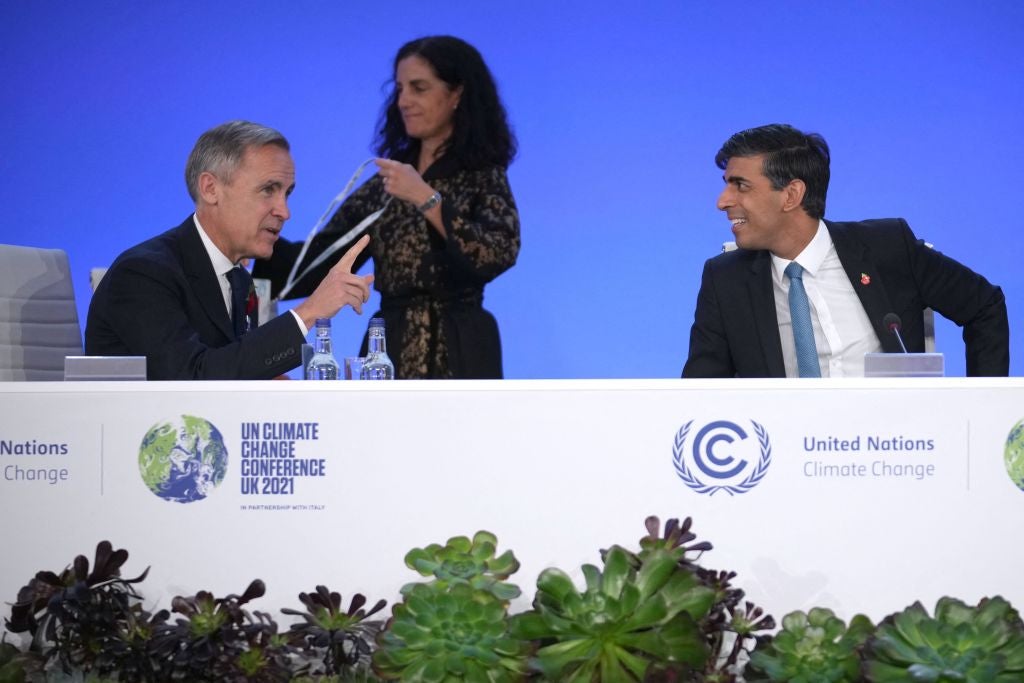
What if they gave an offshore wind party in Texas and nobody came? That’s what happened last week, when the Biden administration tempted the global wind industry to compete for two new offshore lease areas along the Texas coast. Nobody bit, and now it’s back to the drawing board for state energy planners who are already struggling with an overstrained, isolated grid.
Texas Takes A Rain Check On Renewable Energy
The Texas Tribune makes a good case that the Texas state legislature and other top officials have cultivated a get-off-my-lawn energy policy, and that renewable energy has been getting the short end of the stick. That helps account for the lack of interest in offshore wind development. The strong pace of onshore wind and solar industries may also cause some offshore developers to think twice before taking the plunge. CleanTechnica has noticed those things, too. See our coverage here.
The opposition to renewable energy is a fairly recent development for Texas. In the early 2000s, Texas policymakers set the stage for the state’s rip-roaring onshore wind industry to take off. Texas is also among the top US states for solar energy and energy storage. Despite the unwelcoming political environment, the state continues to attract new investment in other up-and-coming technologies including green hydrogen and electrofuels.
Well, it looks like Texas’s offshore wind assets are a bridge too far for investors. The CleanTechnica ears perked up in July, when the US Department of the Interior announced that it was auctioning off two offshore lease areas along the Texas coast for a total of 2.4 gigawatts in capacity. We figured there would be trouble ahead.
“… get ready for a Clash of the Titans remix,” we noted. “Powerful renewable energy stakeholders are heading for a showdown against the usual suspects and the Federalist Society is reportedly weighing in as well.”
What we didn’t anticipate was that there would be exactly zero interest in any of the two Texas leases from any wind stakeholders. The list of qualified bidders included Shell New Energies US, TotalEnergies Renewables USA, Hanwha, (through its Offshore North America and Qcells USA branches), Gulf Wind Offshore, Hecate Energy, Invenergy GOM Offshore Wind, RWE Offshore US Gulf, and US Mainstream Renewable Power.
Louisiana Dives Into Offshore Race, Texas Waves Buh-Bye
Louisiana had one lease area included in the same auction and it fared better, though it received only two bids. The Bureau of Ocean Energy Management, which administers the offshore wind lease sales for the Interior Department, has tapped RWE as the winning bidder.
That ought to make some of Louisiana’s powerful players in the fertilizer business happy. Ammonia fertilizer is big business, and the primary source of ammonia is natural gas. Some fertilizer stakeholders have already begun eyeballing green hydrogen as more marketable feedstock for ammonia as the decarbonization movement gathers steam. With a potential capacity of 1.4 gigawatts, Louisiana’s new Lake Charles lease area could provide an ample supply of clean electricity to run electrolyzer systems for producing green hydrogen from water.
Meanwhile, the dream is dying in Texas. Just 18 months ago, energy stakeholders in Texas pitched the idea of a sprawling green hydrogen production hub. Offshore wind could have played a role in the plan along with the state’s onshore wind, solar, and landfill gas assets.
Texas is still attracting green hydrogen investors, but the failure to attract any offshore lease area bids may have monkeywrenched a public-private interstate hydrogen partnership with Louisiana. Called HyVelocity, the bi-state venture is competing for part of an $8 billion Energy Department funding pot, aimed at establishing a network of multi-asset hydrogen hubs in the US.
The Energy Department program is funded through the Bipartisan Infrastructure Law. The law stipulates that part of the funding must go to gas-sourced hydrogen, though the main emphasis is on green hydrogen. The HyVelocity venture covers both bases. However, now they’ll have to find a way to do the green hydrogen part without relying on Texas’s offshore wind resources.
Meanwhile, Over In Poland
To be fair, Republican officials in Texas are not solely responsible for scaring off wind investors in the US. A multi-state movement against offshore wind faction got off to a strong start in the early 2000’s when it stymied wind development off the Atlantic coast. Opponents have kept up the pressure ever since, so it’s no surprise that the US only has a handful of offshore wind turbines in commercial operation today.
We better get a move on. Other countries have already staked out ground in the offshore wind industry, and the field is getting crowded.
In particular, CleanTechnica has been tracking new offshore wind activity in the Baltic Sea, where coastal nations are already eyeballing opportunities to produce and export green hydrogen in addition to providing for domestic energy needs.
The latest development is a new Memorandum of Understanding between the organization Norwegian Offshore Wind and the Polish Investment and Trade Agency. They plan to leverage Norway’s leadership position in the global offshore wind industry with Poland’s experience in the construction industry. The prize is Poland’s goal of bringing 18 gigawatts in offshore wind online before 2040.
“The offshore wind development is a hot topic in Poland. We see a huge interest from manufactures and supply chain companies,” explains Lukasz Grabowski, Director of Export in Polish Investment and Trade Agency. “With the signing of the MOU with Norwegian Offshore Wind, we are on a good path to reach our goals.
Other offshore wind stakeholders in Poland are not waiting around for the grass to grow under their feet. In April, Siemens Gamesa Renewable Energy announced another milestone in Poland’s Baltica 2 offshore project, which will sport 107 wind turbines when it comes online in 2027, each with a capacity of 14 megawatts.
Including Baltica 2, Siemens counts a total of 1.79 gigawatts in its portfolio for Poland.
“The Baltic Sea can provide huge opportunities for the growth of the industry in coming years,” says Marc Becker, the CEO of Siemens Gamesa’s offshore business.

So does the Gulf of Mexico, for that matter. The last time the US Department of Energy checked, offshore wind was the most technically feasible marine-based renewable energy resource in the Gulf of Mexico, weighing in at a potential for 508 gigawatts in capacity.
Against that measure, Louisiana’s 1.24 gigawatts from the new lease auction is just a drop in the bucket.
Then again, offshore fans in Louisiana must be feeling pretty good when they look over at poor Texas, left out in the cold. Louisiana Governor John Bel Edwards, who is a strong advocate for wind energy, announced a 5-gigawatt goal for the state’s offshore wind plan last year. The new Lake Charles lease area will take a big bite out of that, assuming that RWE can bring most or all of its 1.24-gigawatt haul online.
Don’t break out the pom-poms just yet. Edwards is a term-limited Democratic office holder in a Republican-dominated state. Voters must pick a new governor this November 18. Let’s wait and see if the new governor is as eager to lead Louisiana into a new era of offshore energy, or not.
Follow me tinamcasey on Bluesky, Threads, Post, LinkedIn, and Spoutible.
Image: Courtesy of US Bureau of Ocean Energy Management.
I don’t like paywalls. You don’t like paywalls. Who likes paywalls? Here at CleanTechnica, we implemented a limited paywall for a while, but it always felt wrong — and it was always tough to decide what we should put behind there. In theory, your most exclusive and best content goes behind a paywall. But then fewer people read it! We just don’t like paywalls, and so we’ve decided to ditch ours. Unfortunately, the media business is still a tough, cut-throat business with tiny margins. It’s a never-ending Olympic challenge to stay above water or even perhaps — gasp — grow. So …




